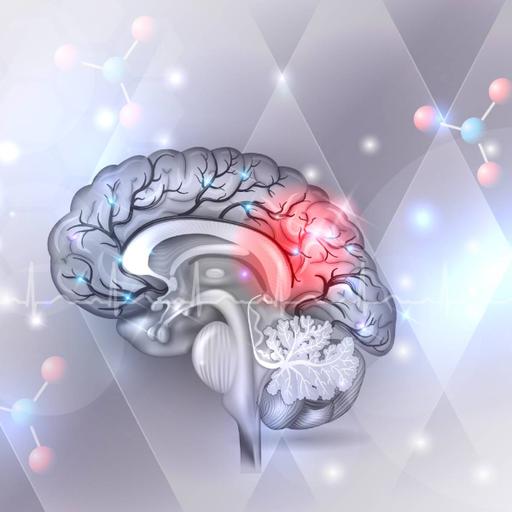Brain and Memory
Presentations | English
The brain is an extraordinary organ that can remodel and generate new neural pathways throughout your life because to neuroplasticity. Memories are not preserved in a single location of the brain, but rather in clusters of neurons that fire together in the same pattern as the original experience. A single memory is frequently rebuilt by firing a large number of neurons from various parts of the brain. The prefrontal cortex, which is also responsible for other sophisticated cognitive activities including decision making, processes short-term memories. The hippocampus, neocortex, and amygdala preserve explicit long-term memories. The amygdala connects memories to emotions, while the hippocampus retains episodic memories and the neocortex keeps semantic memories. Memories associated with strong emotions such as love and terror are more difficult to forget due to brain connections to the amygdala. This is why post-traumatic stress disorder (PTSD) is such a terrible and difficult condition to overcome. The cerebellum and the basal ganglia store implicit long-term memories. The basal ganglia is particularly engaged in movement and motor activity sequences (e.g., learning to ride a bike). Fine motor skills, such as holding a pencil or typing on a keyboard, are stored in the cerebellum.

0.25
Lumens
PPTX (51 Slides)
Brain and Memory
Presentations | English
